Monsoon Assemblages Chennai was the first of three studios associated with the Monsoon Assemblages project undertaken by Design Studio 18 (DS18) in the M Arch programme at the University of Westminster. Monsoon Assemblages Dhaka and Monsoon Assemblages Yangon followed. DS18 was taught by Lindsay Bremner and Roberto Bottazzi in 2016/17. The work of the studio was exhibited as part of the University of Westminster’s OPEN Exhibition, 35 Marylebone Road, London NW1 5LS from 15 June – 02 July 2017. To view this exhibition go here.
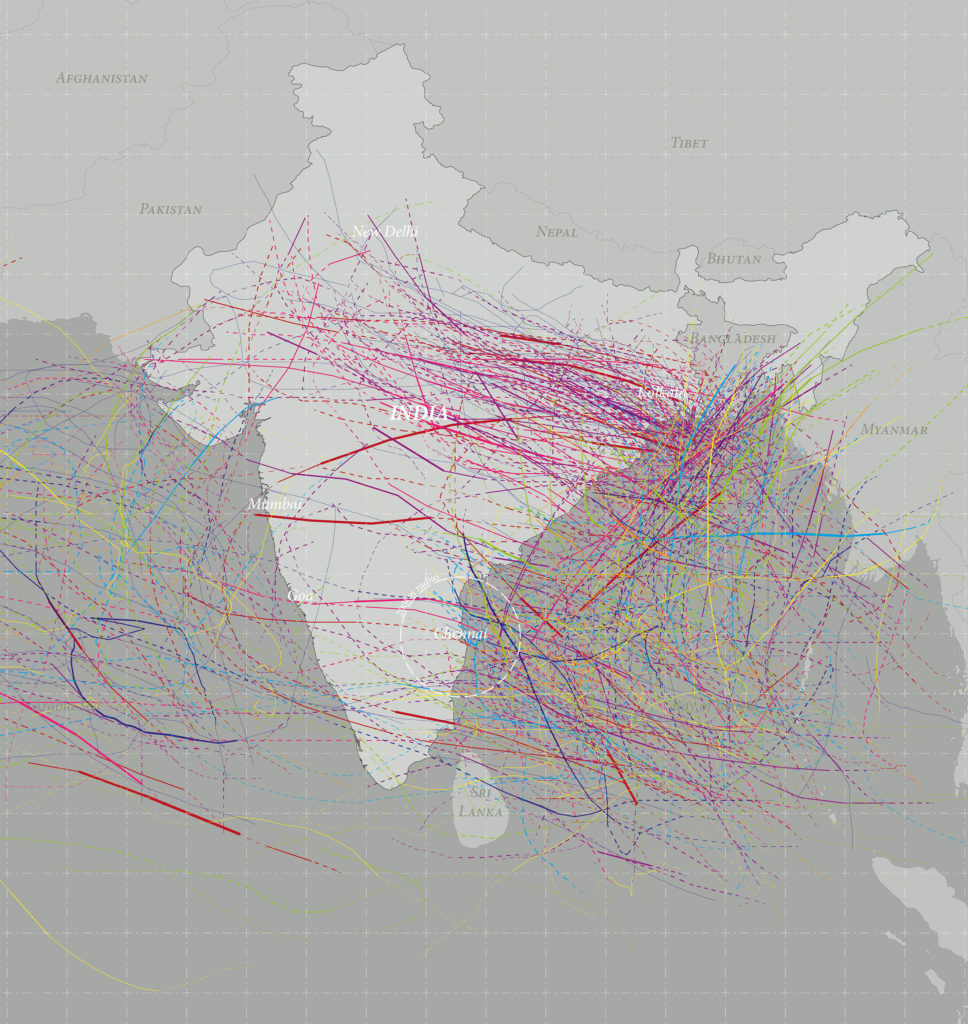
Cyclone Paths since 1945. Calvin Sin.
Below is an account of the studio, its design briefs and samples of student responses to these briefs.
STUDIO INTRODUCTION: DS18_2016_Intro
BRIEF 1: HYDROLOGICAL PROTOTYPE
In the first brief of the studio, students were asked to research the complex and architecturally fertile phenomenon of monsoon rain. This introduced them to the themes of the studio and to some of the key computational tools promoted in DS18. Students began by identifying an aspect of the behaviour of rain (such as percolating, splashing, pooling, flowing, evaporating etc.) and an attitude towards it (such as absorb, channel, dam, disperse, drain, filter, harvest, retain etc.) to work with. They were asked to model these attributes and to produce a series of simulations and analyses which at the same time as performing hydrologically, accentuated rain’s aesthetic properties (such as sound, smell, sight, colour, reflectivity etc.). The notional site for the exercise was a 10m3 spatial volume. The outcomes of the research were a series of A2 posters, videos and a rapid prototyped model.
A sample of student responses to this brief:
Tom Benson simulated erosion by emitting particles onto stacked surfaces and visualising the pressure exerted on these surfaces by the particles. He then registered the pressure water would exert onto a topography when flowing across it. Tools: RealFlow, Grasshopper, Rapid prototyping.
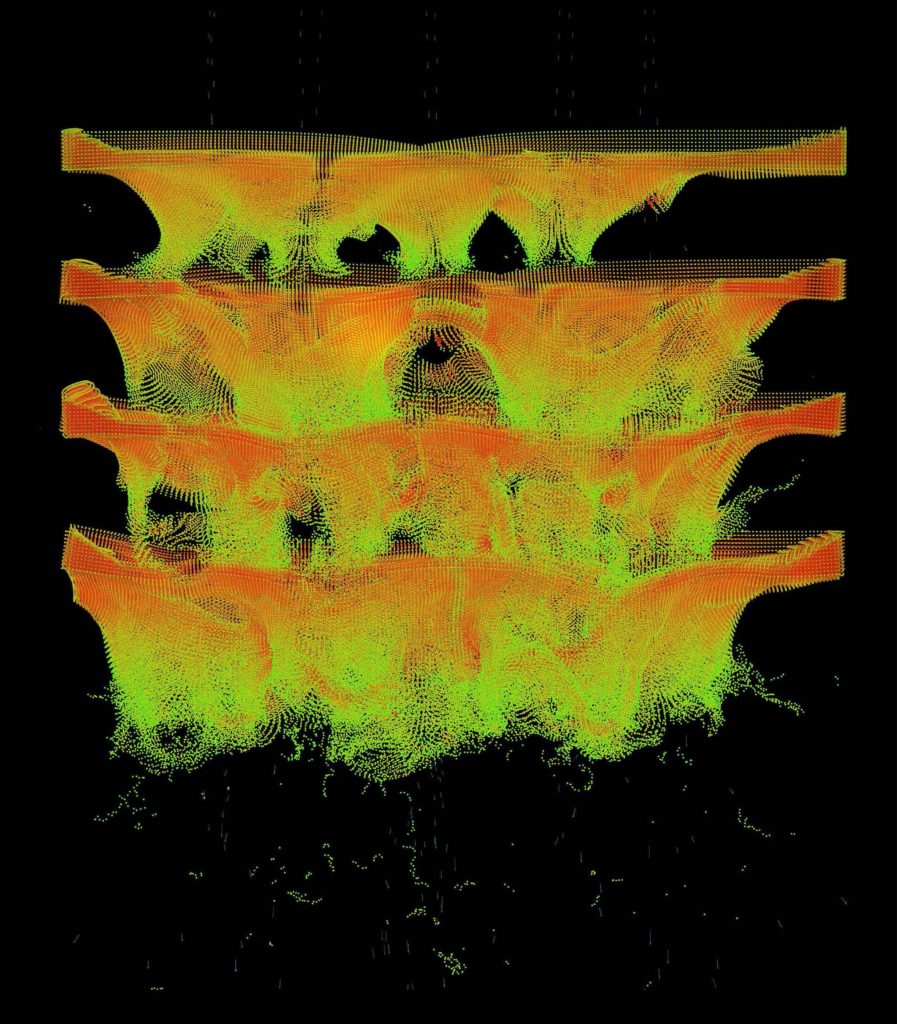
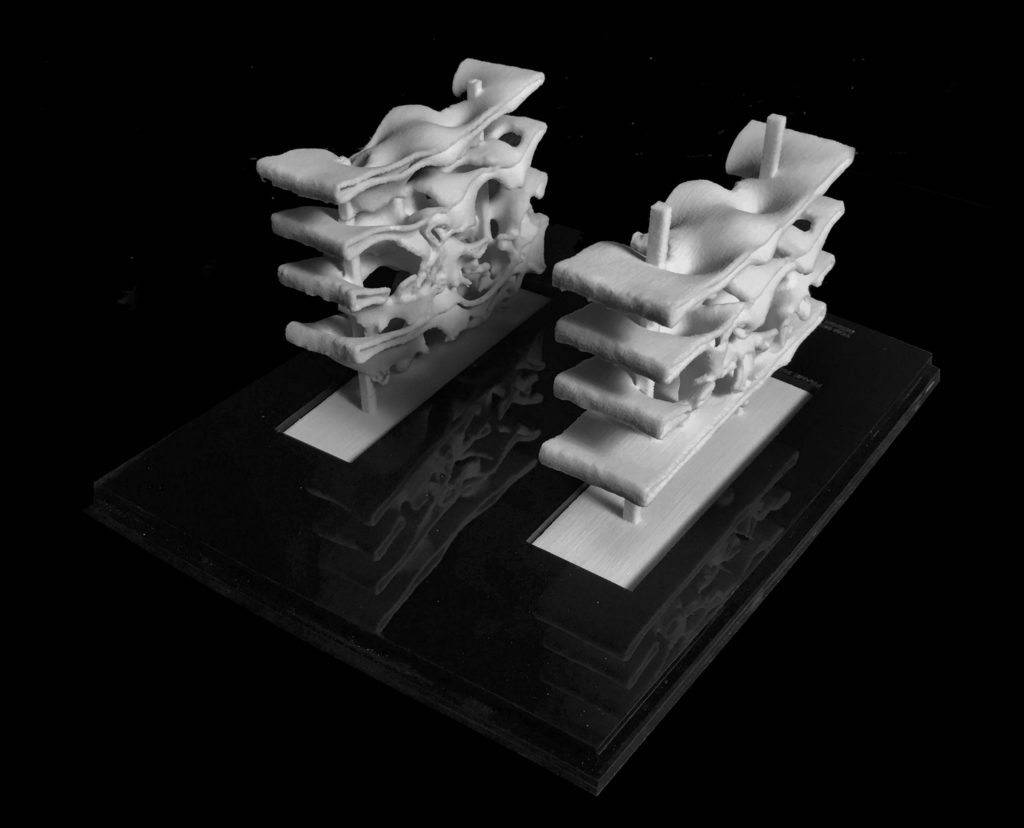
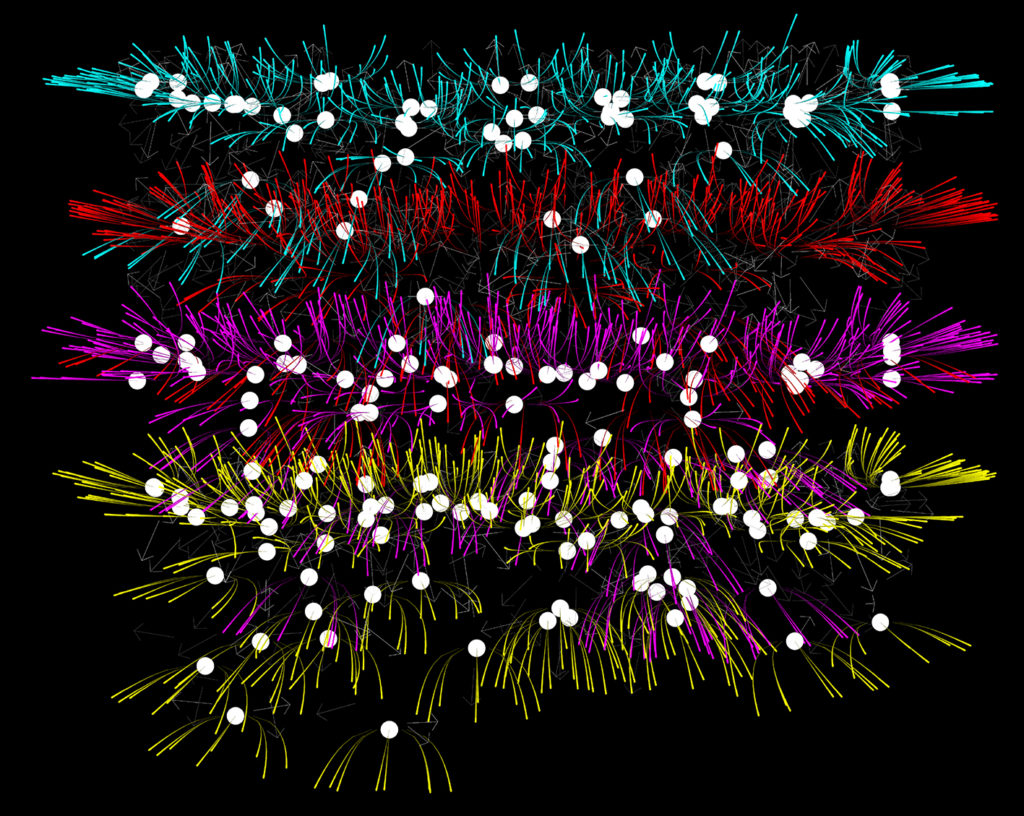
Sebastien Monceaux and Emma Hilton Grange both conducted experiments into water filtration. Below are Monceaux’s simulations of water passing through a gravel filter and Hilton Grange’s summary of the results of using a range of filters such as sandstone pebbles, sand or rammed earth. Tools: RealFlow, Grasshopper.
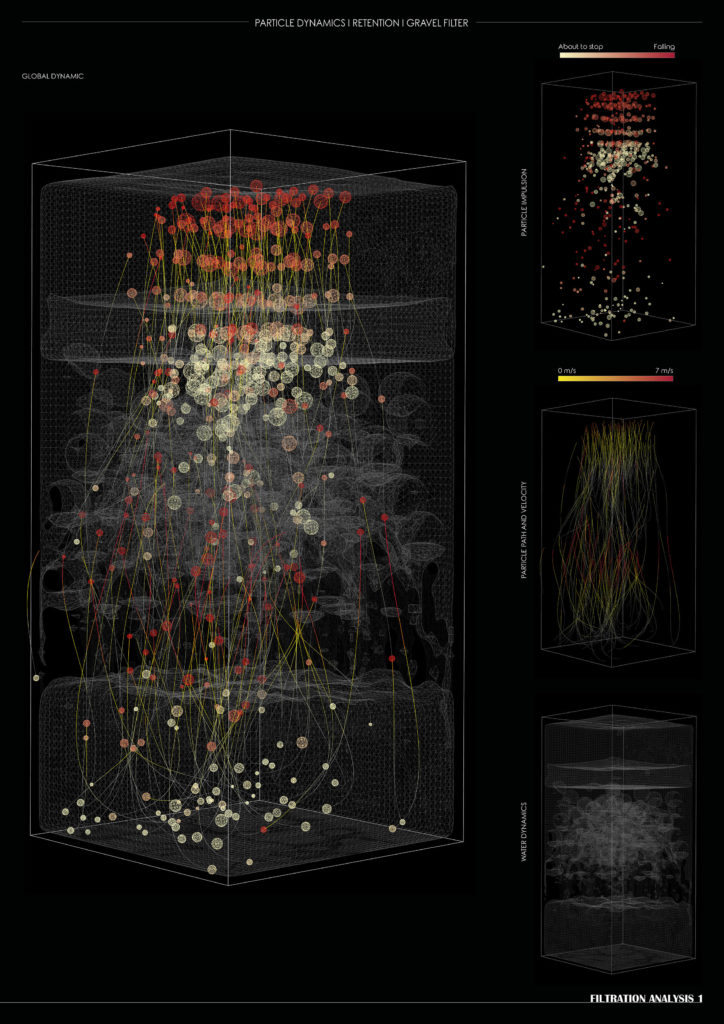
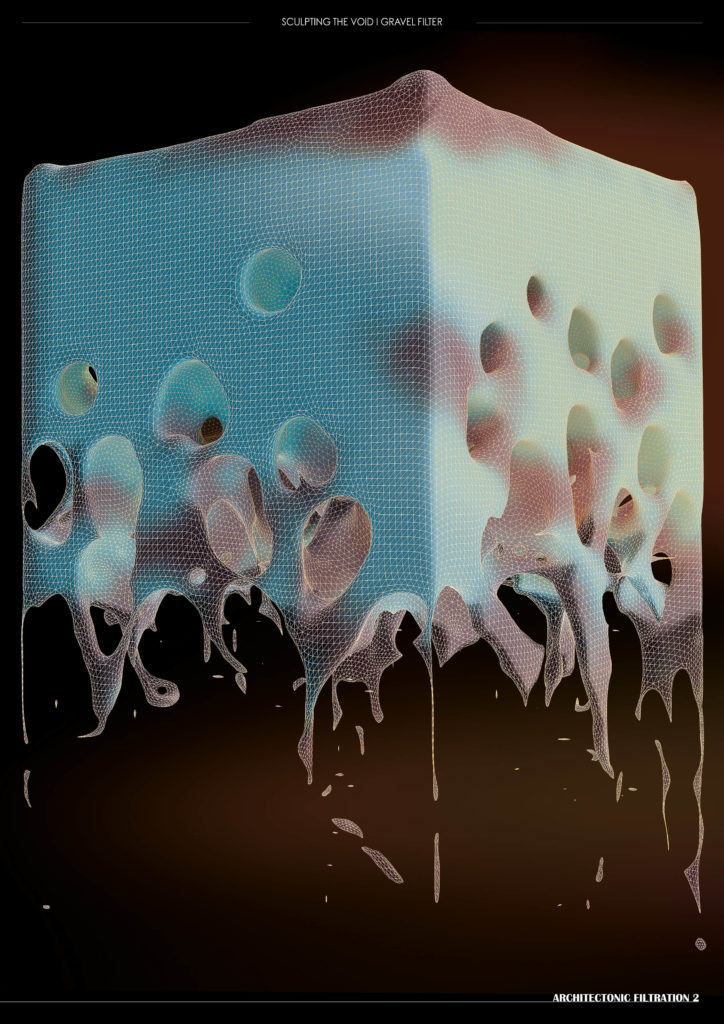
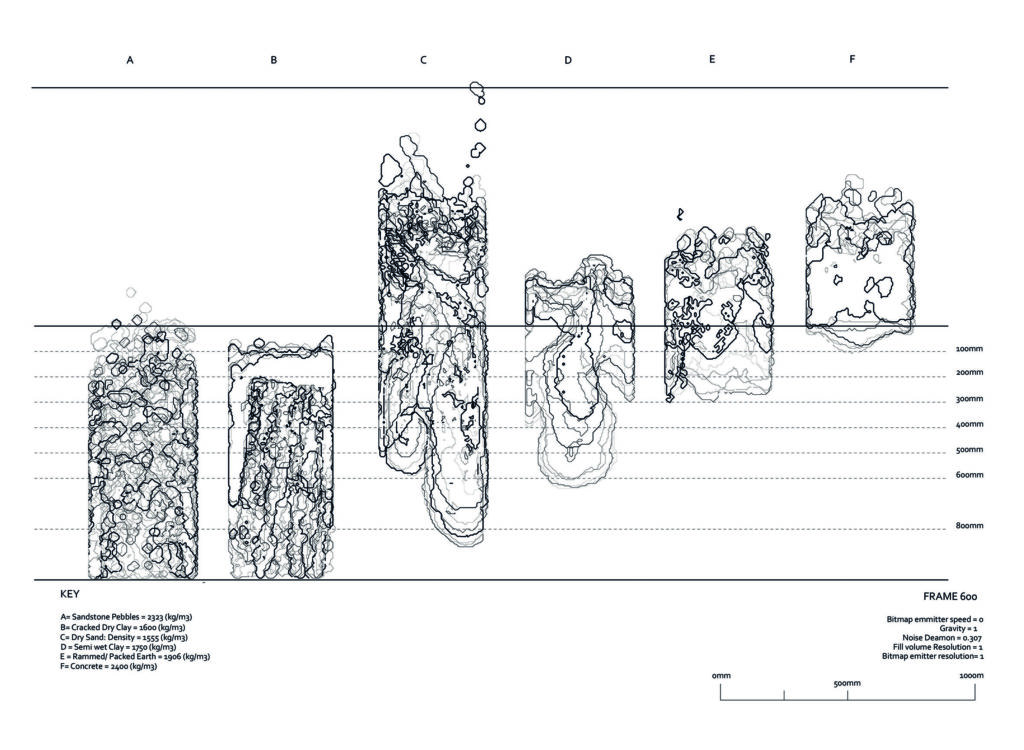
Monica Cristu investigated the dynamics of water percolation through soils of various porosities. Tools: Python, Grasshopper.

Laura Nica researched the anatomy of a water drop – its surface tension, deformation and break-up. Tools: Rhino, Grasshopper, Rapid Prototyping.
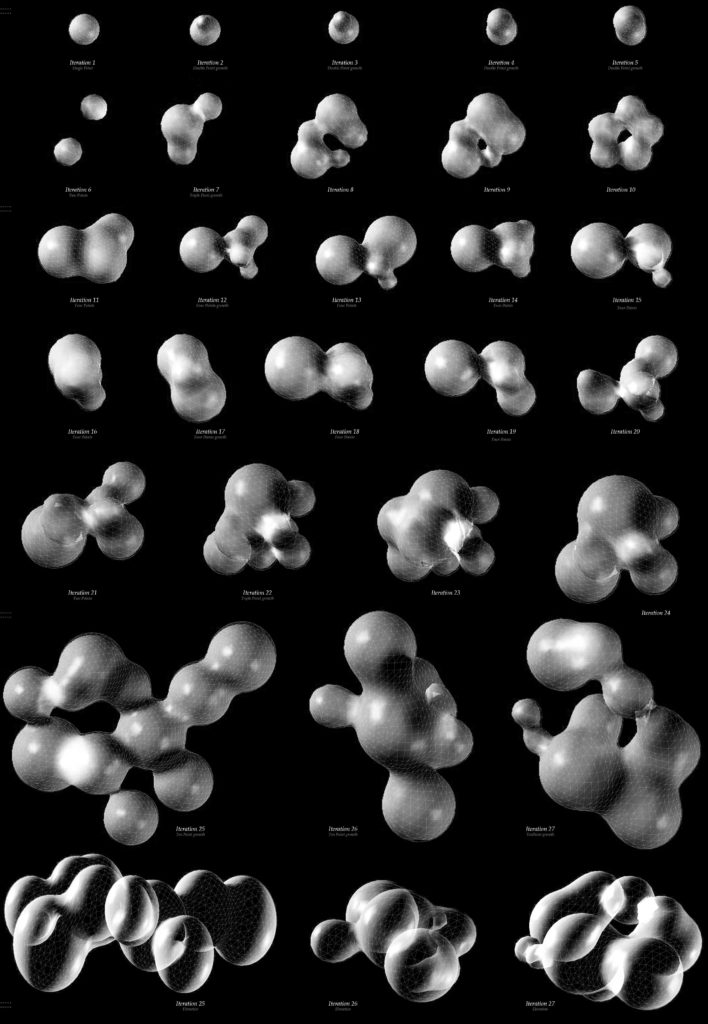
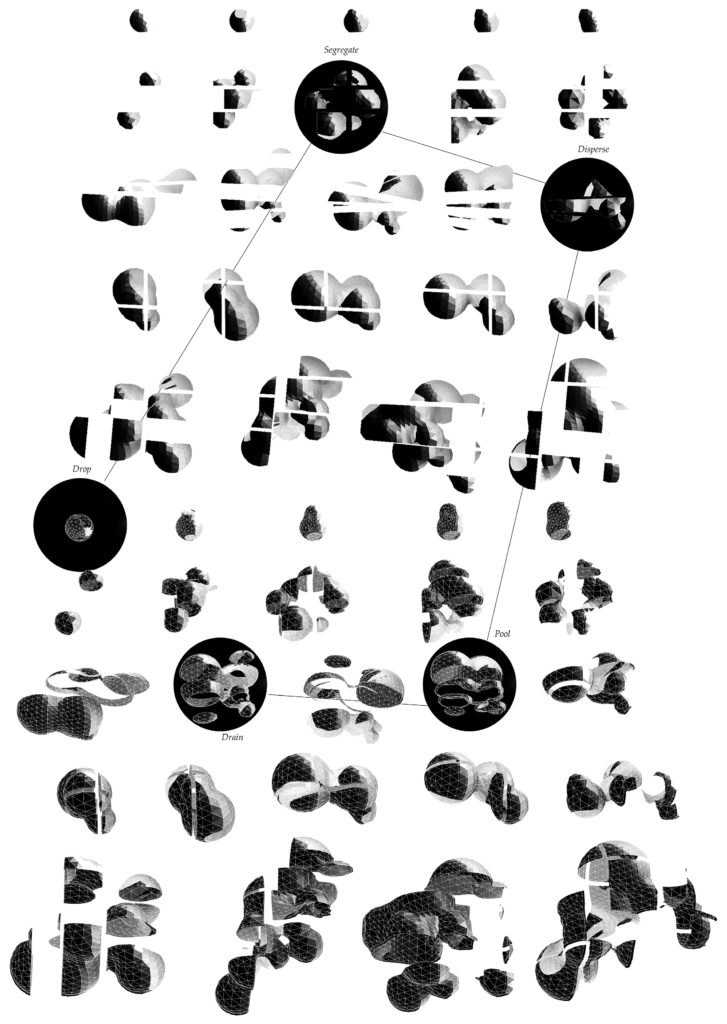
Seetul Ghattaora explored the architectonic potential of water splashes. Tools: RealFlow, Grasshopper.

Cid Schuler simulated a thunder clap. Tools: RealFlow, Cinema 4d.
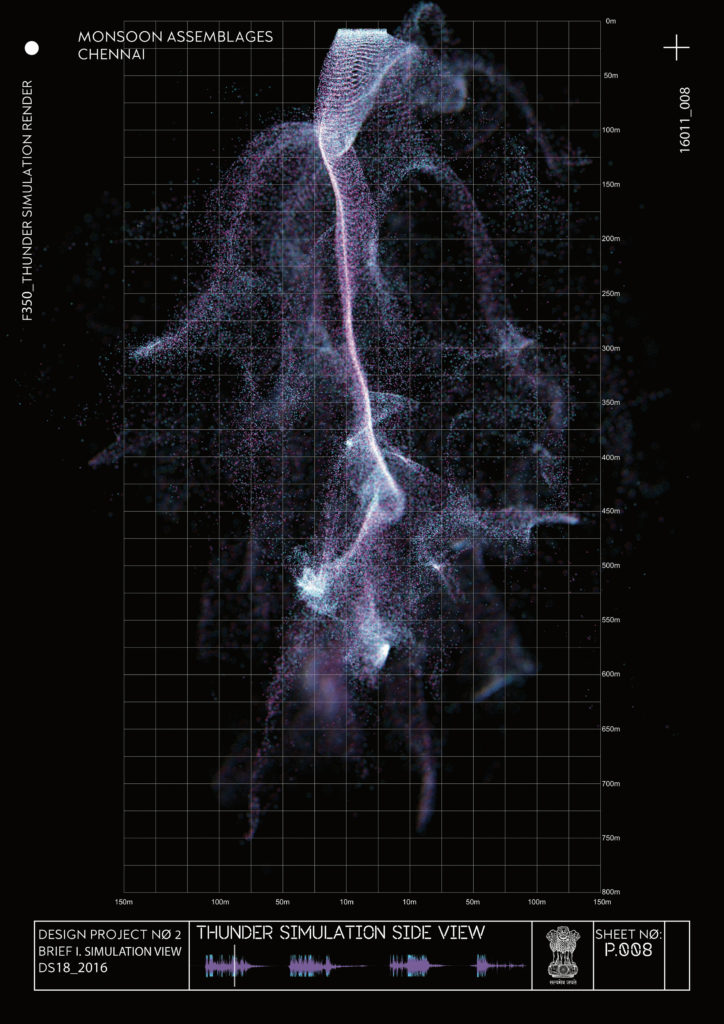
Charles Weston Smith researched the flow of a liquid over surfaces of various shapes and textures. Tools: Rhino, RealFlow.
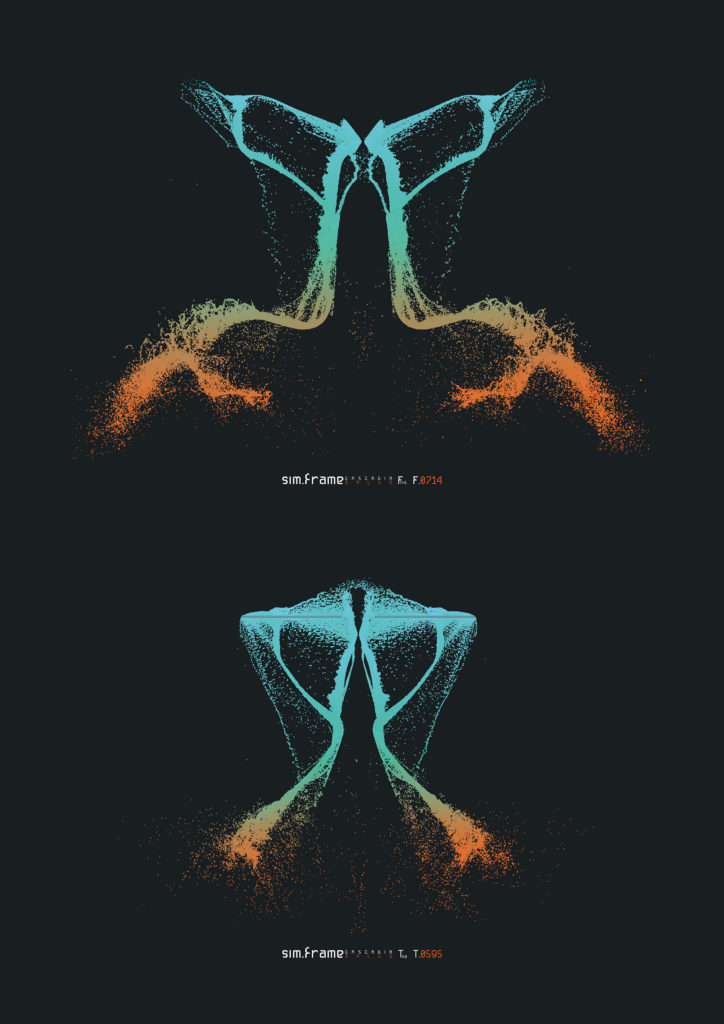
Design References
Arboreal. Tyrrell: http://arborealarchitecture.com/projects/tyrrell; Biothing, Ghatkopar India School Façade: http://www.biothing.org/?cat=20; Bloc, Andre. Various; Borden, G. P. and Meredith, M. 2012. Matter: Material Processes in Architecture. New York: Routledge; Brayer M.A., Migayrou F. (2013). Archilab 2013: Naturalizing Architecture. Orleans: HYX; Bremner, L. and Bottazzi, R. (2016). Architecture, Energy, Matter. London: University of Westminster; DeLanda, M. (2001). “Philosophies of Design: The Case of Modelling Software.” Verb 1, Processing :131-143; DeLanda, M. (1992). “Nonorganic life.” Zone 6, Incorporations. :129-167.Erkman, A. Plan B: http://www.planb-venicebiennale.com/giris_en.asp#; From the Earth’s Crust: http://www.ea-cr.eu/; Jaque, A., Office for Political innovation. COSMO: http://momaps1.org/yap/view/19; Lally S. (2014). The Air from Other Planets. Baden: Lars Muller; MAD Architects. Fish Tank: https://divisare.com/projects/302600-mad-architects-fish-tank; Ng, R and Patel, S. (eds.). (2013). Performative Materials in Architecture and Design. Chicago: Intellect; PITCHAfrica. http://www.archdaily.com/616304/pitchafrica-creates-water-harvesting-campus-andstadium-for-communities-in-need; Roche, F. Water Flux (and others): http://www.new-territories.com/waterflux08.htm; Scarpa, Carlo. Brion Cemetery; Studio Mumbai. Copper House II: https://vimeo.com/53087257.
Theory References
Bachelard, G. (1999). Water and Dreams: An Essay on the Imagination of Matter. Dallas TX: Dallas Institute Humanities and Culture; Barbaza, R. E. (2012). “Letting it Flow: Towards a Phenomenology of Water in the Age of Modern Technology.” Kritika Kultura 18:057067 http://www.journals.ateneo.edu/ojs/kk/article/download/1402/1428; Dicks, H. (2014). “A Phenomenological Approach to Water in the City: Towards a Policy of Letting Water Appear.” Environment and Planning D 32(3):417-432; Hyde, K. A. (2012). “Phenomena: Rain.” http://www.hydearchitects.com/cms/wpcontent/uploads/2012/09/20120815_HH_Phenomena_Rain.pdf; Illich, I. (1985). H2O and the Waters of Forgetfulness: Reflections on the Historicity of Stuff. Dallas TX: Dallas Institute Humanities and Culture; Joyce, J. (1922). Ulysses, 1992 edition, 783-785. London: Penguin; Krenze, J. (no date). “Rain in Architecture and Urban Design.” http://webx.ubi.pt/~jkrenz/Rain.pdf.
Technical References
RealFlow Support Centre http://support.nextlimit.com/category/realflow#_ga=1.52098665.1975964373.140476779; RealFlow online tutorials: https://www.youtube.com/results?search_query=realflow+tutorial, http://vimeo.com/search?q=realflow; Food for Rhino: http://www.food4rhino.com/; Grasshopper: http://www.grasshopper3d.com/
BRIEF 2 SITE MAPPING AND FIELD TRIP
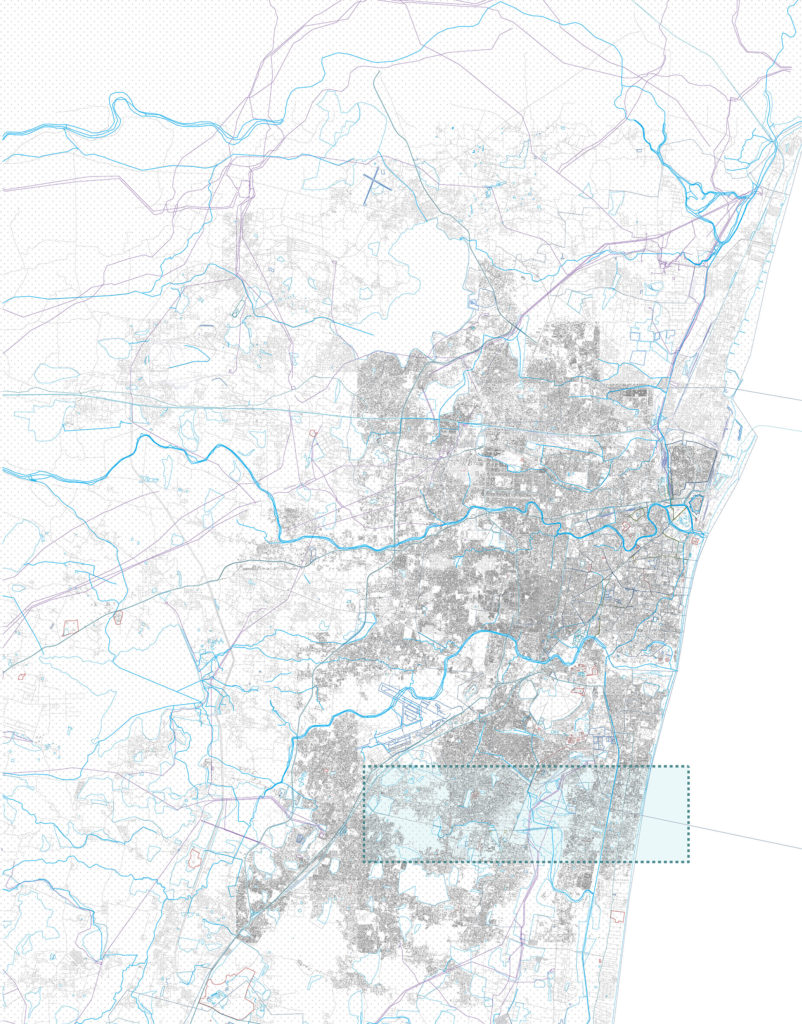
Transect Site Location. Seetul Ghattaora.
The second brief of the studio required students to produce base maps of a 9km transect in south Chennai from the Bay of Bengal to the Kilkattalai Lake, the site they would be visiting during a field trip to Chennai in December 2016 and working on for the rest of the year. The transect incorporated (from east to west), the Chinna Nilgarai Kuppam (a fishing village), the Neelangarai upmarket residential neighbourhood, the Buckingham Canal and IT Corridor (19th C and 21st C infrastructure corridors), the Palliikanarai Marsh, Perungudi Municipal Garbage Dump and Karapa-gambal Nagar (a slum resettlement area. It was divided into five zones and groups of students mapped it using Open Street map, Rhino, Grasshopper and Elk.

Map of Transect. Seetul Ghattaora.
In early December 2016, the studio made their field trip to Chennai for approximately 10 days. For the majority of the trip, they undertook a week-long Water Walkshop organised in collaboration with the School of Architecture and Planning at Anna University and Care Earth, a local environmental NGO. The field work began with a transect walk from Kilkattalai ery (reservoir) to Neelankarai beach, envisaged as a ‘walk with water.’ The walk was guided by Jayshree Vencatesan and staff from Care Earth who provided historical context and highlighted religious and cultural elements of the landscape that were invisible to untrained eyes. Observations revealed the more-than-human elements of the urban environment, including the Pallikaranai Marsh.

This provided a way for students to orient themselves and a chance to get to know the students from Chennai who accompanied them. During the course of the walk they observed interactions between water and the urban environment: blockages, flows, pollution, sedimentation, filtration, stagnation, evaporation. Using a range of methods, they mapped topography, plants, animals, insects, people, buildings, surfaces, infrastructures, as well as their textures, sounds, smells and movements.
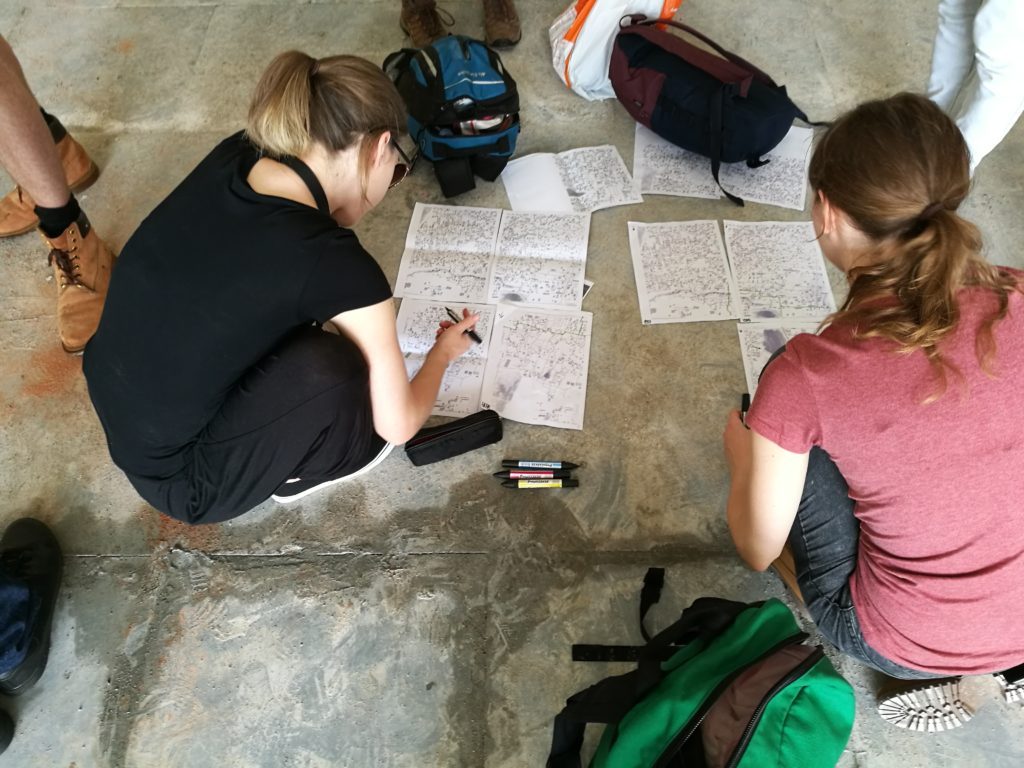
Students mapping in the field. Michele Vianello.
In the days following the walk the students focused on identifying monsoon related matters of concern in specific sections of the transect and their causes and effects as opportunities for design interventions. Presentations by Sekhar Raghavan, Director of the Rain Centre, Priti Narayan from Transparent Chennai/Urban Inform and Jayshree Vencatesan from Care Earth provided rich information.
A number of unseen events affected the plans for the trip. Access to cash was restricted due the Government of India’s demonetization initiative and midway through the trip Jayalalitha, the Chief Minister of Tamil Nadu, passed away. An official period of state mourning was declared and students were restricted to their hotel for a day or so due to fears of public unrest. Shortly after students left Chennai, Cyclone Vardah made landfall in Chennai, its 140 kph winds uprooting trees and causing damage to buildings, vehicles, electricity and internet cables. Despite these difficulties, valuable field work was undertaken and connections with Chennai staff and students made, on the basis of which the second semester’s work was undertaken.
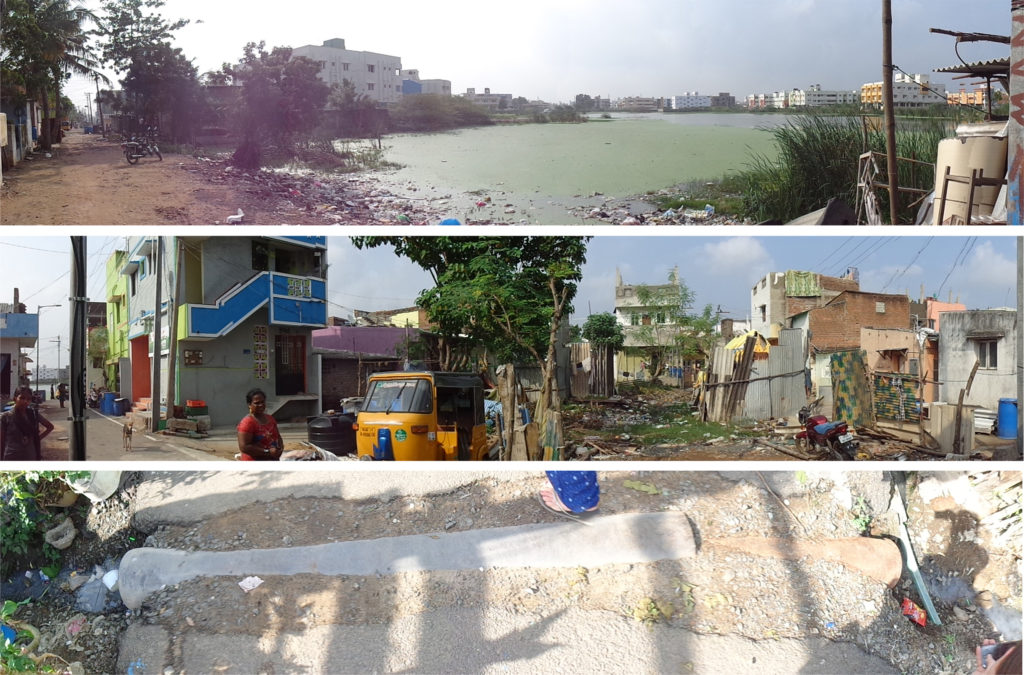
C. Mayalai Balaji Nagar site photographs. Laura Nica.
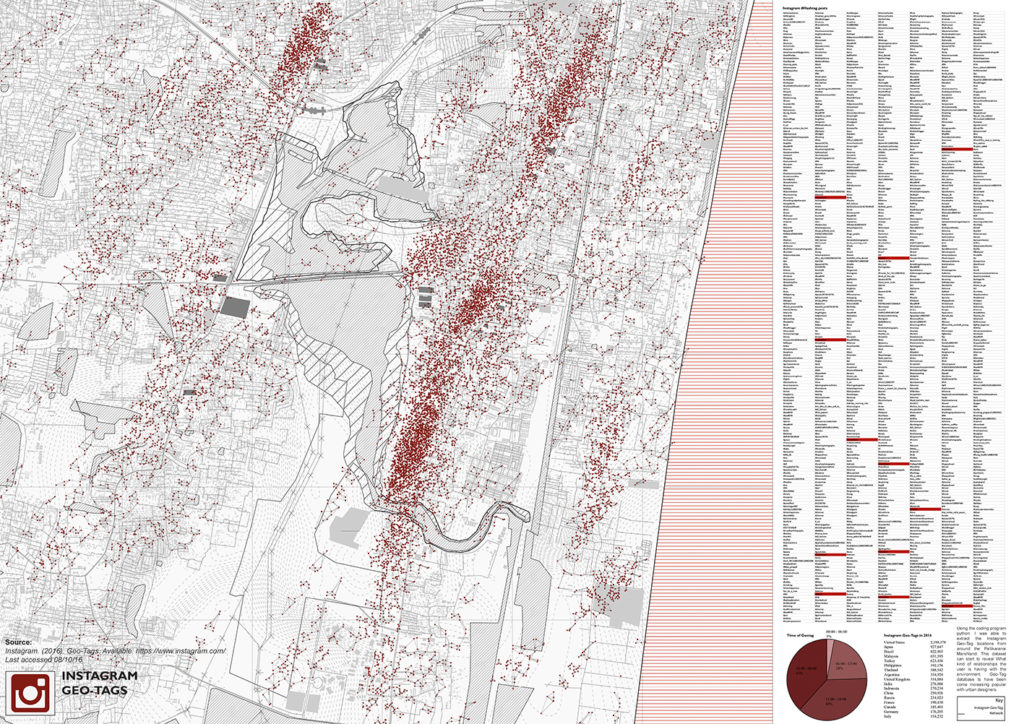
Instagram Geo-tags along the IT Corridor. Tom Benson.
Sample Chennai References:
Balaji, N., Bhallamudi, S., Mondal, A., Ghosh, S. Mujumdar, P. (2016). Chennai Floods 2015, A Rapid Assessment. Bangalore: Interdisciplinary Centre for Water Research. Next City. (2013). The Informal City Reader, pp. 108-151. Philadelphia: Next City. https://www.rockefellerfoundation.org/app/uploads/The-Informal-City-Reader.pdf Zones 1 and 2: Mukundan, T. M. (2005). The ery systems of south India. Akash Ganga Trust. http://samanvaya.com/main/contentframes/knowledge/articles/pdfs/ery.pdf Zone 3: Parameswari, K. (2012) A study on groundwater contamination due to municipal solid waste dumping and its socio-economic implications, Chapters 3, 4 and 5. http://shodhganga.inflibnet.ac.in/handle/10603/15819 Zone 4: Kennedy, L. Varrel, A., Denis, E. Dupont, V. Dhanalakshmi, R., Roumeau, S., Baud, I., Pfeffer, K., Sridharan, N., Vijayabaskar, M. et al. (2014). Engaging with Sustainability Issues in Metropolitan Chennai. City Report Series (Chance2Sustain). ISSN 2309-8198. 2014, pp.63. Zone 5: Arabindoo,P. (2009). “Falling Apart at the Margins? Neighbourhood Transformations in Peri-Urban Chennai.” Development and Change. 40(5):879-901. Kumar, M., Saravanan, K. and Jayaraman, N. (2014). “Mapping the Coastal Commons.” Economic and Political Weekly XLIX(48): 46-53.
Mapping Reference
Robert Pietrusco. http://www.warning-office.org/
BRIEF 3: BUILDING IN A WEATHER WORLD
As the ground heaves with the swell of the elements, so buildings buoyed up by the earth set sail under the heavens, corresponding not with the striations of the urban grid at ground level, but with soil and air in the smooth space of the weather-world. Tim Ingold
Since the liberalization of our economy, architects are pandering to Capital in unprecedented ways – creating what we could call the Architecture of Impatient Capital. Rahul Mehrotra
In the final project of the year, students were required to develop an architectural response to monsoon conditions the had observed in Chennai at urban, building and detail scale. They were to develop an urban strategy and an architectural prototype for a public forum to animate public life and engage public imaginaries around monsoon related issues and concerns. This was required to acknowledge local and global scales, human and non-human agencies, experience, data, science and culture.
In the context of urban and architectural processes driven almost exclusively by economic and political interests and concerns, what might it mean to develop urban and architectural strategies for and with the monsoon, a global system massively dispersed in space and time, yet with profoundly local consequences and cultures?
In Politics of Nature, Bruno Latour (2004) proposed a model for the public realm, in which publics (plural) are mobilised around common matters of concern, or what he calls “things.” Bohlen and Frei remind us in MicroPublicPlaces (2010) that the word “thing” originally meant an assembly or a courtroom where people gathered to discuss a matter of concern. A thing is not a material object, but something one takes part in. In this brief, it is the inherent publicness of a monsoon “thing” that you are asked to make explicit. Students were asked to develop an urban strategy and architectural prototype for a new public space that gathered humans and non-humans around the monsoon, as it makes itself known in Chennai. The monsoon was to be given a presence in this dialogue, through its own agency (wind, rain etc.), science and / or culture. Students were required to develop an urban strategy in response to monsoon related concerns observed when they were in Chennai and to design a prototype for a public place where participants could gather, both physically and virtually, to speak, deliberate and act in concert around monsoon related issues.
A sample of student responses to this brief:
Laura Nica Hybrid Hydrology


This project proposes to deal with the acute water cycles (from excess to shortage) in Chennai. The system works as a vertical ery network, an elevated water farm that slows down the movement of rainwater for better recharge of the aquifer, prevents flooding by spilling out excess water, manages its flow direction and finally directs it to the Pallikaranai Marsh. Derived conceptually from the fragility of a water droplet whose surface tension, deformations and breakup reveal an active interface of fluctuations, the concept resembles a biological cell-division in the face of the monsoon instability and unpredictability. Each catchment bowl acts as a wet social node for the local community to collect fresh water and create different ‘liquid’ spatial episodes.
Tom Benson Datascape: Instrumental Marshland
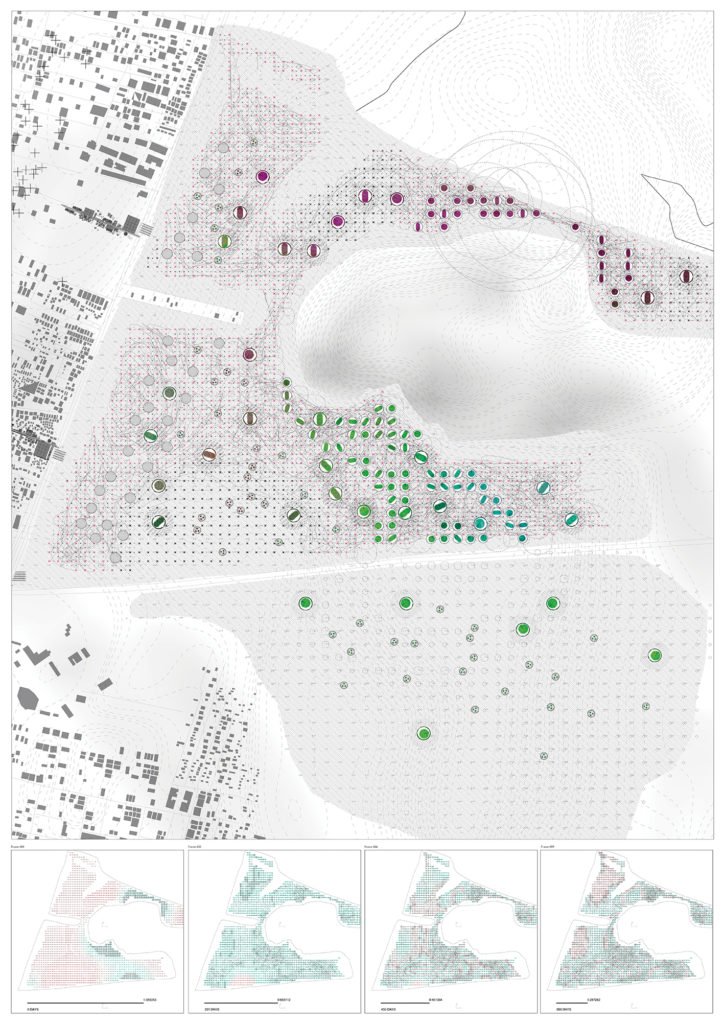
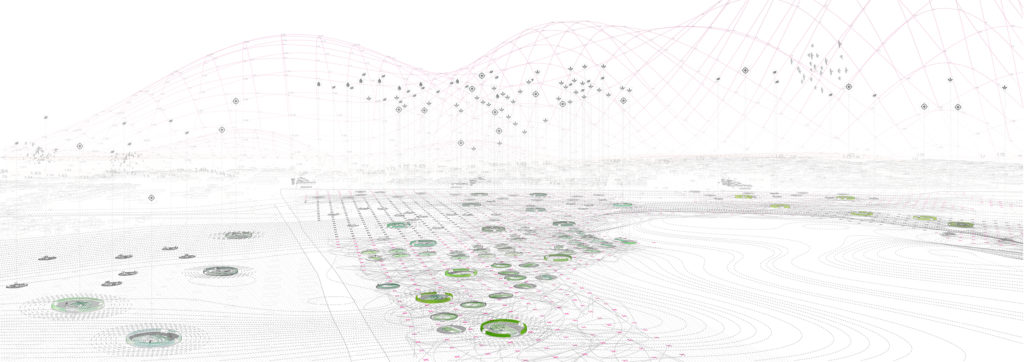
The past two decades have witnessed a resurgence of ecological ideas and thinking in discussions of urbanism, society, culture and design. Ecosystems are now understood to be open systems that behave in ways that are self-organising and to some extent unpredictable. The project aims to restore the Pallikaranai Wetland, considered to be an ecological system, using algal blooms. It researches how to design with and for a material within the cyclical system of its birth, growth and death. Integral to this is the design and implementation of a series of instruments deployed in the Pallikaranai Marsh, which will transform it into a responsive landscape, healing itself over time.
Calvin Sin The Forgotten Marsh

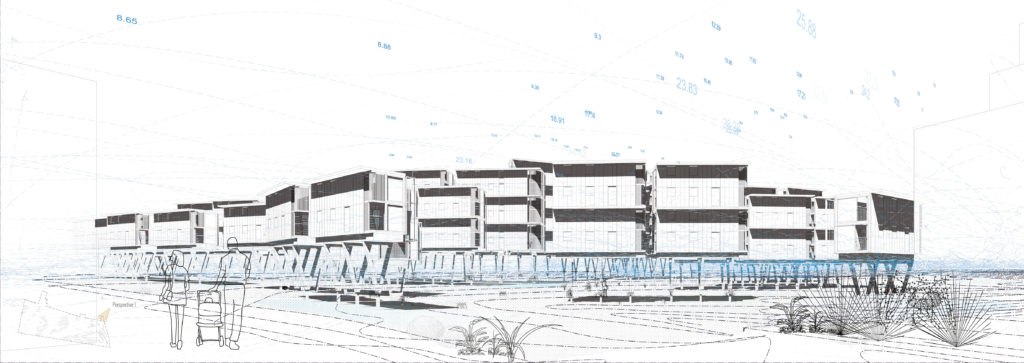

For the last 15 years, Chennai has been undergoing drastic urban changes following the initiative of the Tamil Nadu Government to develop a world-class IT industry along the IT Corridor. The once thrived ery system (connected water bodies) is being replaced by concrete-built, metal clad high-rises. Young people from other parts of India have flooded in to Chennai for opportunities, thus increasing demand for affordable housing. The Forgotten Marsh project looks into this social issue against Chennai’s water body topography and monsoonal wind characteristics. It proposes an urban housing prototype that reconnects citizens to a life style in sinc with the monsoon and the marsh. The investigation takes place at the Chalikundu Marsh in the IT Corridor zone, 1km from the Pallikaranai Marsh.
Cid Schuler Monsoon Bio-Doppler
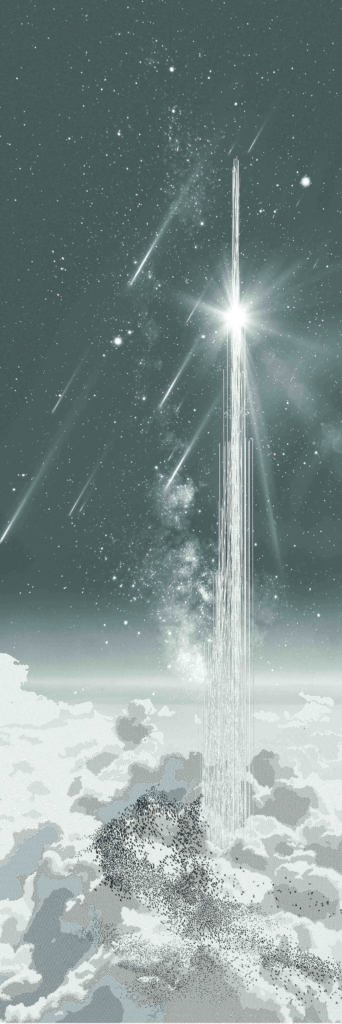
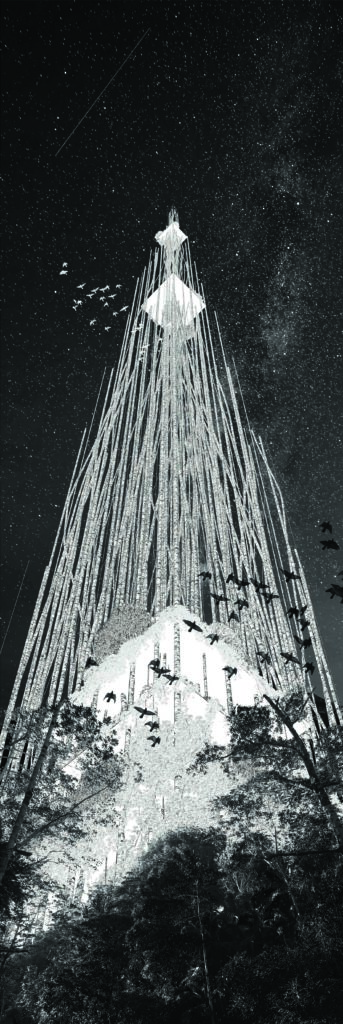
In reaction to recent impacts of the monsoon as a weather system, this project proposes a structure to house a scientific and biological weather forecasting system. The structure is visible to the entire city stretching upwards before disappearing into the clouds. Its horizontal surfaces house various weather predicting instruments, both scientific and biological. Each horizontal datum acts as a guide to understanding the sectional dimensions of the atmosphere, representing where clouds, rain and other meteorological phenomena take shape by scaling them down to a scale of 1:100. In this way, we can begin to comprehend the enormity of our weather system.
Sebastien Monceaux The Water Converter
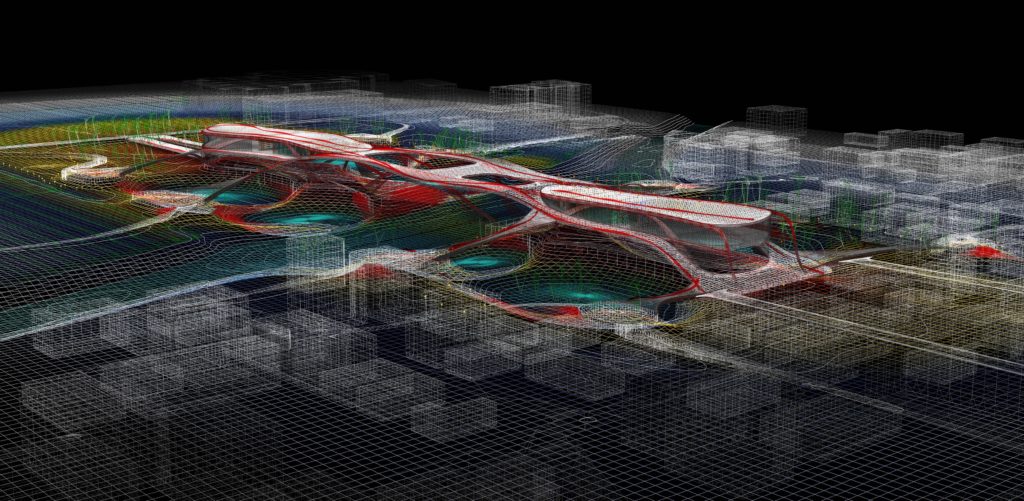
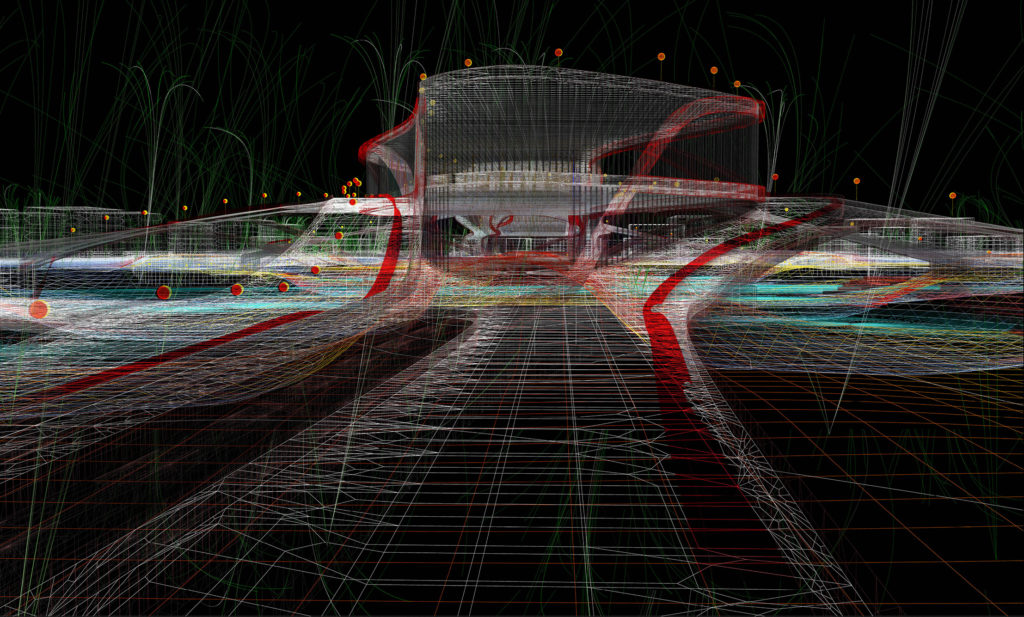
The Water Converter is an urban system that aims to recreate links between people and water by filtering and distributing it around the city. This system will spread from a bridge crossing an old irrigation channel to different distribution points around it. This Amphibious Bridge aims to enhance the wetland ecosystem by filtering water in ponds threaded with new social spaces according to different stages of the filtration process. It will be replicated around the city to regenerate traditional ery (water pond) systems.
Monica Cristu Peri-Marsh Housing

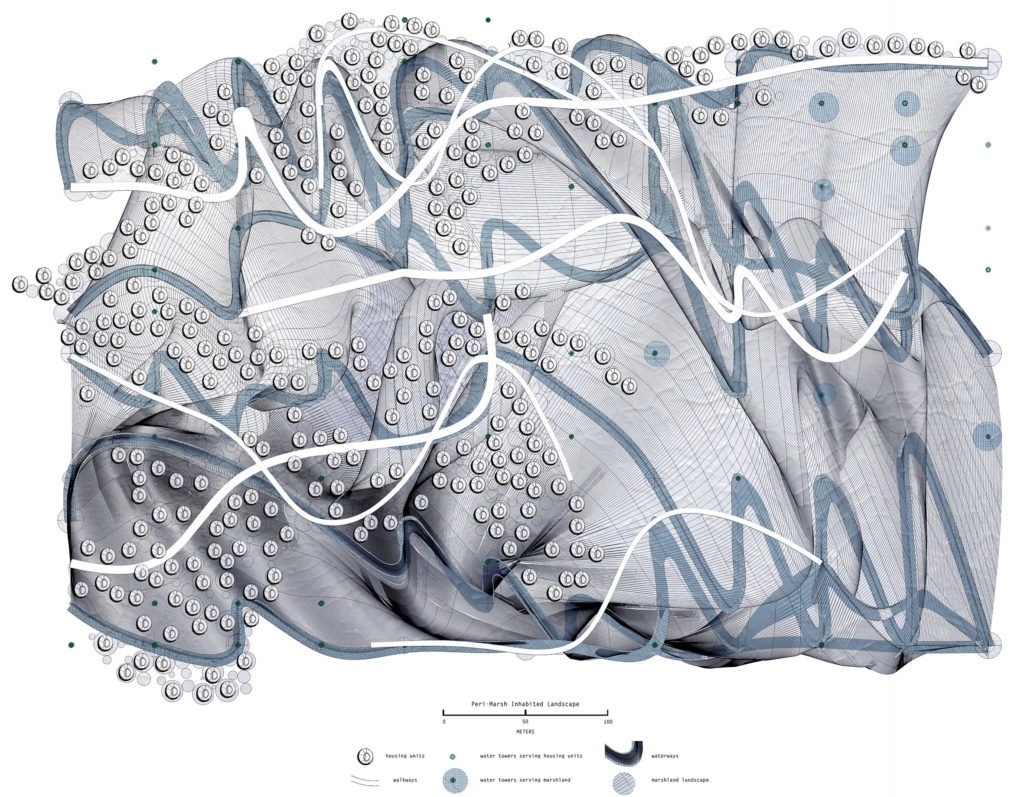
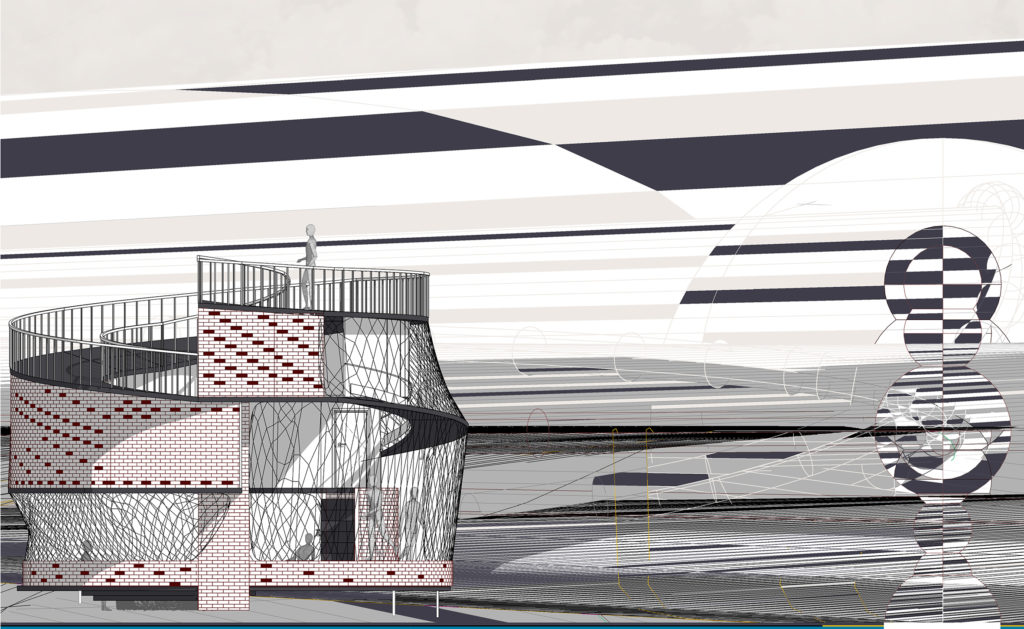
This project begins as a reinterpretation of the term ‘Peri-urban’. It creates a space of inhabitation between city and marsh that firstly belongs to water and the wetland ecology and only secondly allows human habitation. The scheme is located on an empty plot adjacent to the Pallikaranai Marsh. Research has shown that although the site is no longer part of the Pallikaranai Marsh, it was formerly and its watery, marshy presence occasionally resurfaces. The project takes measures to rehabilitate the site as marshland and following that proposes a housing typology which intervenes sympathetically into the marsh ecology, transforming both the marsh and its human inhabitants.
Charles Weston Smith Apotheosis
Using the seven primary chakras of Hinduism alongside the holy elements of water and void integral to the worship of Shiva, Apotheosis aims to deconstruct and interrogate the definition, realisation and manifestation of spiritual space as a system of internal energy within the body and mind. Using the software package RealFlow, physical modelling techniques and diagrammatic drawing to simulate the relationship between the Shavistic (worship of Shiva) elements of water and void and their interactions within the architectural void of the divine, a series of enigmatic and unknowlable spatial abstractions are generated. This helps to explore and perhaps redefine what architecture was, is and can be, using the infinite catalytic potential of the human mind. This is the process of a divine spatial genesis: this is Apotheosis.
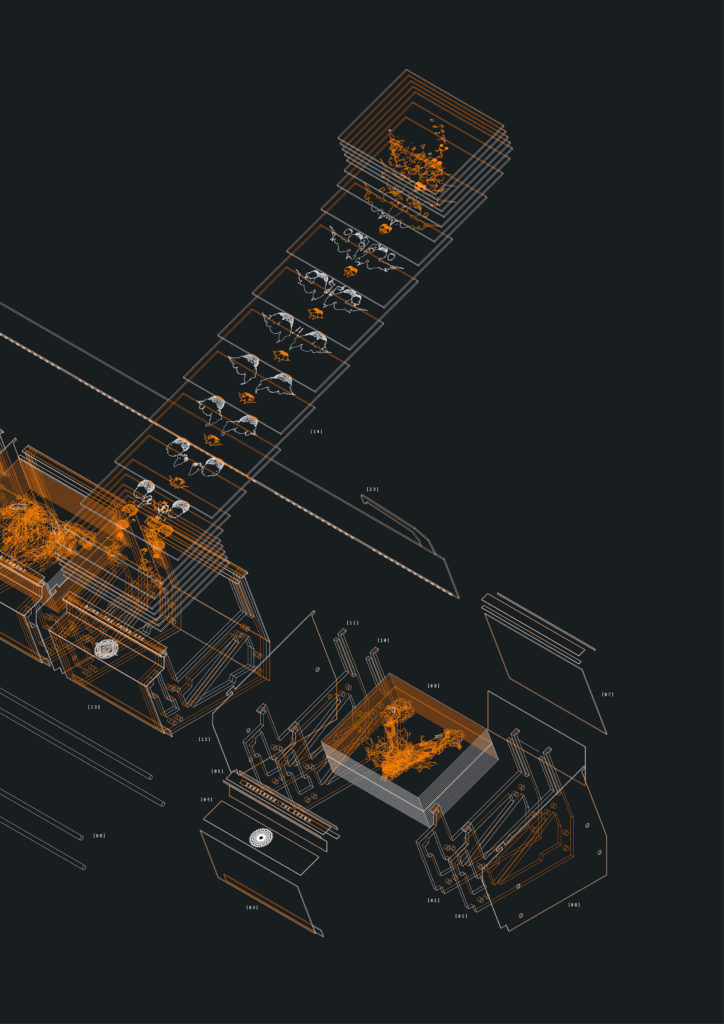
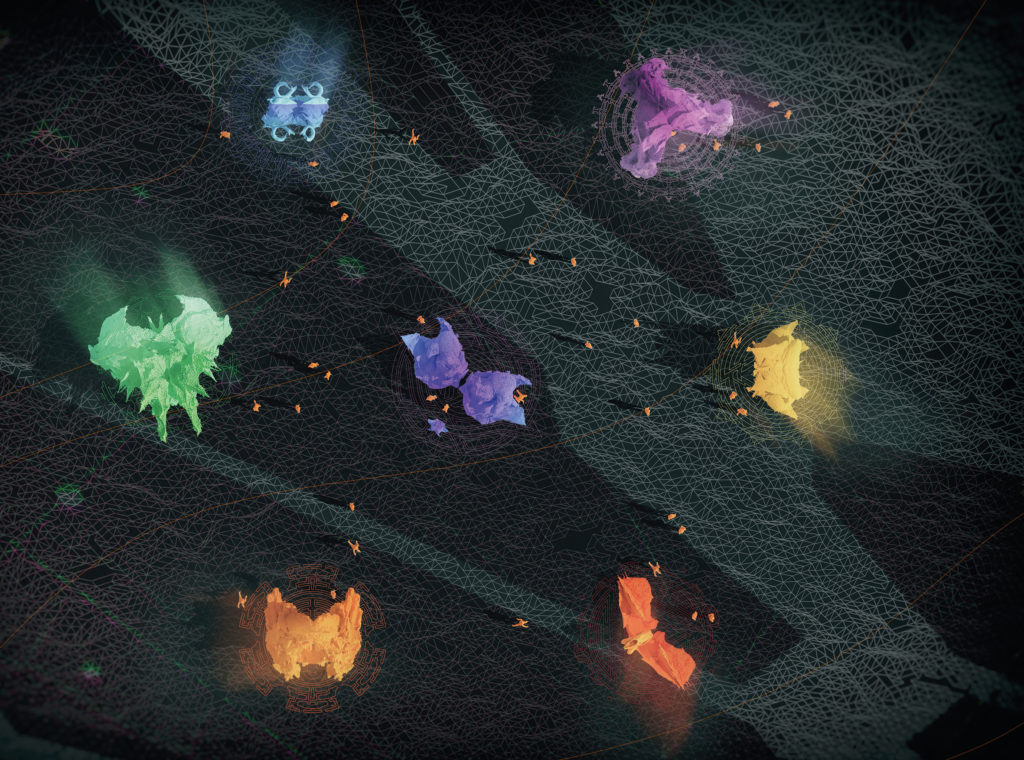
References
Bohlen, M. and Frei, H. (2010). Situated Technologies Pamphlet 6: MicroPublicPlaces. http://www.situatedtechnologies.net/?q=node/104 Dalvi, M. (2016). “The State of Architecture in India: An Interview with Rahul Mahrotra, Ranjit Hoskote and Kaiwan Mehta. Arch Daily, 10 February. http://www.archdaily.com/781892/the-state-ofarchitecture-in-india-an-interview-with-rahul-mehrotra-ranjit-hoskote-and-kaiwan-mehta Ingold, T. (2016). “What if the City were an Ocean and its Buildings Ships?” Unpublished Paper, June. Latour, B. (2004). Politics of Nature. How to Bring the Sciences into Democracy. Cambridge, MA.: Harvard University Press. Design References: Biothing: Various: http://www.biothing.org/ Cantrell, B., Holzman, J. (2015). Responsive Landscapes: Strategies for Responsive technologies in Landscape Architecture. London: Routledge. Lally, S. (2014). The Air for Other Planets: A Brief History of Architecture to Come. Zurich: Lars Müller. Note: Sean Lally will be the plenary speaker at the Monsoon Assemblages Symposium in April. R&Sie(n): “Aspiration – New Territories”: http://www.new-territories.com/apiration.htm Further References: Studio DS18 4ARC650 and 4ARC 716 Reading list here: http://readinglists.westminster.ac.uk/lists/481D4BDC-8CD7-F6CE-594E-BACF302E6AAF.html
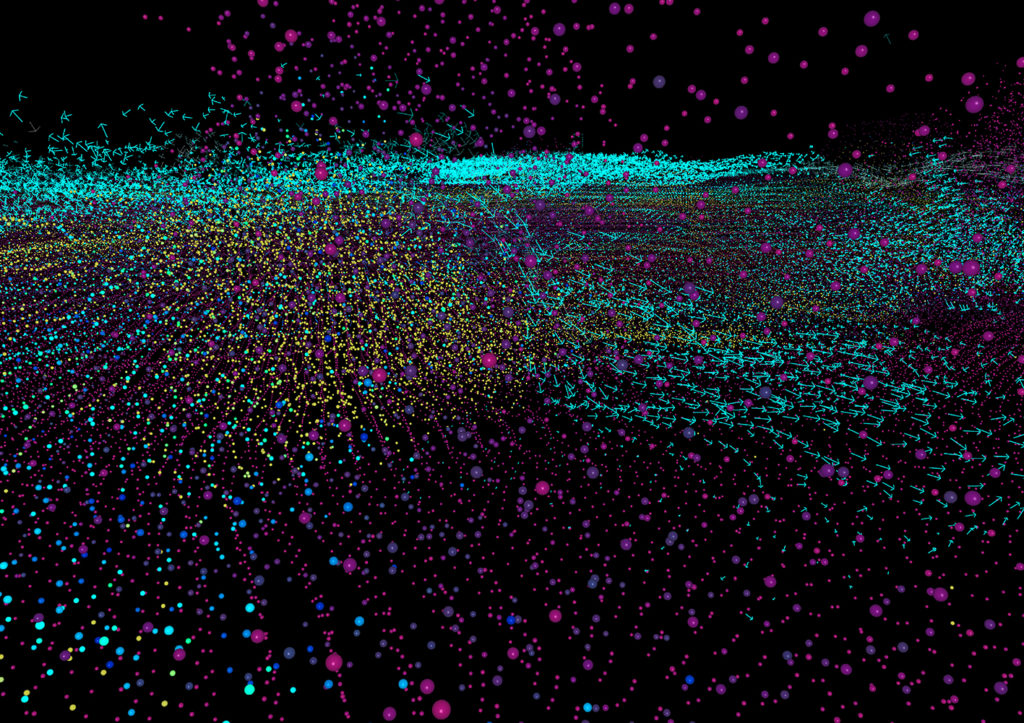
Tom Benson.
DS18 is taught by Lindsay Bremner and Roberto Bottazzi at the University of Westminster, London, UK. The work of this studio was exhibited as part of the University of Westminster’s OPEN Exhibition, 35 Marylebone Road, London NW1 5LS from 15 June – 02 July 2017. To view this exhibition go here.
